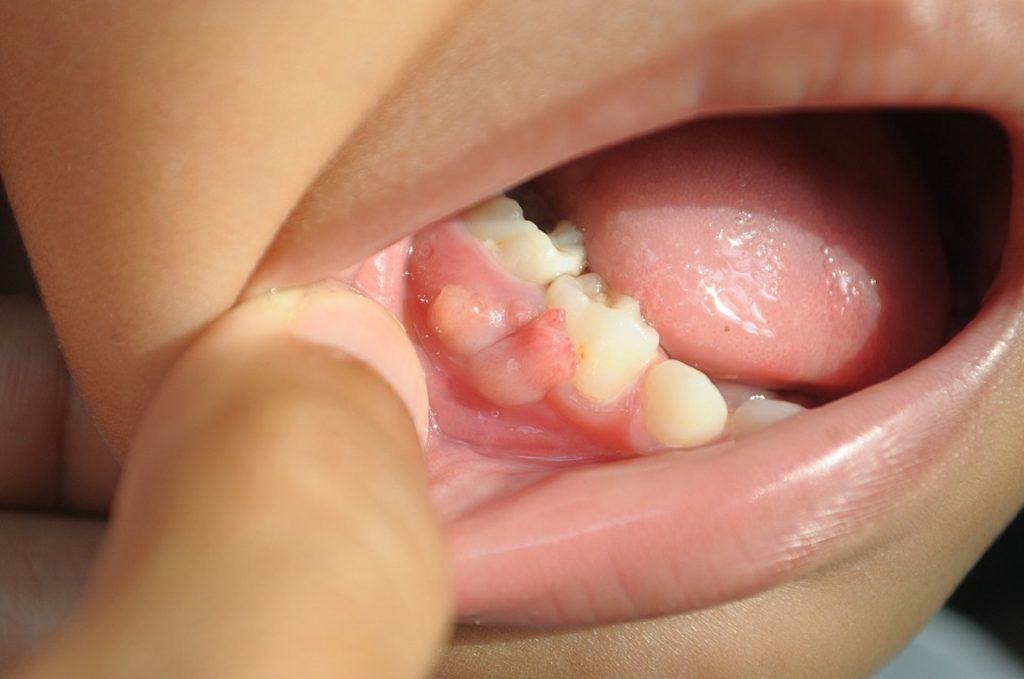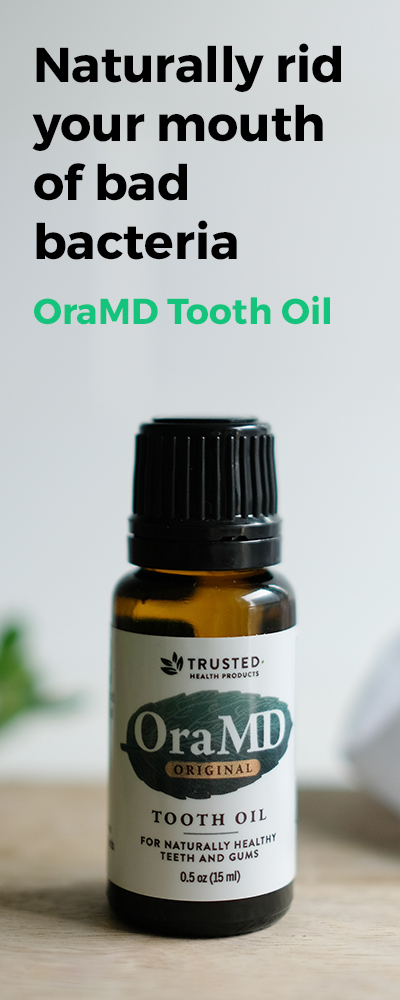Contents

What Are Gum Boils?
Gum boils, also known as a parulus, are drainage points for abscesses in the roots of teeth. When the nerve of a tooth dies, it will exit the tooth near its root. In reaction to this, the body sends white blood cells to destroy the infection, and as these white blood cells die off they form an abscess. If this goes untreated, the abscess will break through the tissues of the mouth and drain. This point of drainage is known as a parulus, or gum boil.
Signs Of Gum Boils
Even though they aren’t actually in or above a tooth, gum boils will usually cause severe toothaches. This is because the inflammation presses on the nerves of other teeth. Other symptoms that may occur as a result are:
- Nausea
- Fever
- Redness in mouth or face
- Breath odor
- Diarrhea
- Swollen glands
- Sensitivity to hot or cold
- Tenderness to touch
- Pain while chewing
Dangers Of Gum Boils
If a gum boil or abscess is not treated, the infection can spread to other teeth or even other parts of the body. Swelling can increase, and in some cases cut off airways and cause death. More immediate dangers include loss of teeth from bone erosion that can be caused by the infection.
What Causes Gum Boils?
Gum boils are the drainage points for abscesses that are caused by either an infection or a dying nerve.
How To Prevent Gum Boils
Since gum boils are a symptom of another condition related to a dying tooth, the best way to prevent them is by practicing good preventative maintenance for your entire mouth. This includes improving your oral hygiene plan to ensure that you’re brushing at least twice a day, using an antibacterial mouth rinse, and flossing to keep your teeth and mouth healthy.
Treatment Of Gum Boils
Not only will the abscess need to be drained, but you will likely need antibiotics to fight the remaining infection. However, this only treats the surface of the situation. In many cases, since the gum boil is just the drainage point and indicator, you may need a root canal for the dying tooth as well.
What To Do About It
First things first, have your dentist or doctor drain the abscess and start a medication regiment that will destroy the infection and keep it from damaging the rest of your mouth or other parts of the body. After that, make sure that your oral hygiene plan is one that is effective and doesn’t contain any harmful ingredients that are often found in commercial toothpaste. A number of these ingredients can actually damage or weaken the tissues of the mouth and make you more susceptible to sores and infections like these.
Did it ever occur to you that the least expensive and painful option might be found in nature? Why not try a great product that provides natural relief?


